7 Eye-Popping Facts About Living in Antarctica (−110°F Outside and No Peeing in the Shower)
Antarctica is often called the White Mars due to its severe conditions. In 2005, the French-Italian polar station, Concordia, was built there. The European Space Agency (ESA) conducts research there. At the same time, almost 60 people live there in isolation, extremely low temperatures, and with a lack of light and oxygen. They’ve all gone through months of preparation to work there for no less than 9-12 months. The station consists of 2 cylindrical buildings: the first one is called “quiet” and it’s the place where all the labs, living rooms, and a hospital are located. The second one is called “noisy” and has the gym, storage area, dining hall, movie theater, and a rec room.
- The average temperature in Antarctica is −58°F. The lowest temperature is −110°F.
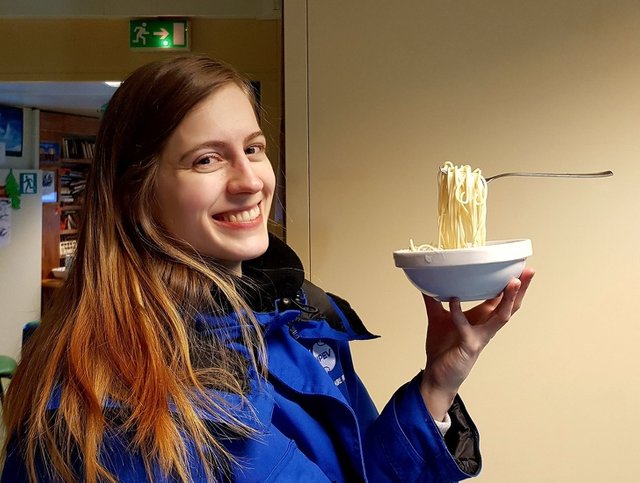
The temperature never rises higher than −20°F even during summer. Ordinary bacteria can’t survive there and to go outside people have to put on several layers of clothing, special shoes, puffy mitts, and glasses. All the clothes weigh just as much as a space suit.
Concordia is located at 2.050 miles above sea level which is why the air there is really thin and has a low level of oxygen. It is also so clean that it absolutely doesn’t smell of anything. After getting back to the mainland, researchers describe their shock with the overwhelming variety of smells.
- People live in complete darkness for 4 months a year.
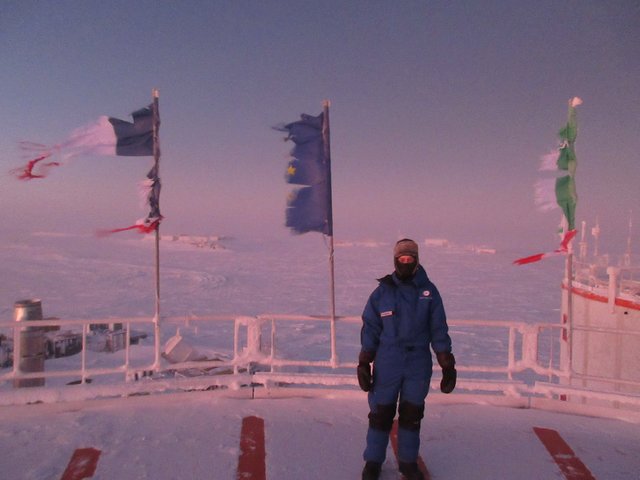
Antarctica doesn’t have nights and days as we all know them: throughout winter, the sun doesn’t rise over the horizon, and other people pay four months in complete darkness. throughout summer, it doesn’t go below the horizon. thanks to this truth, unit of time rhythms get tousled and typically it’s laborious to nod off or eat one thing as a result of appears like you’re intake within the middle of the night. the primary rays of sunshine when darkness want a holiday: everybody drops what they’re doing, goes up the roof, and watches the sunrise for the primary time in four months.
- The nearest supermarket is 2,500 miles away.
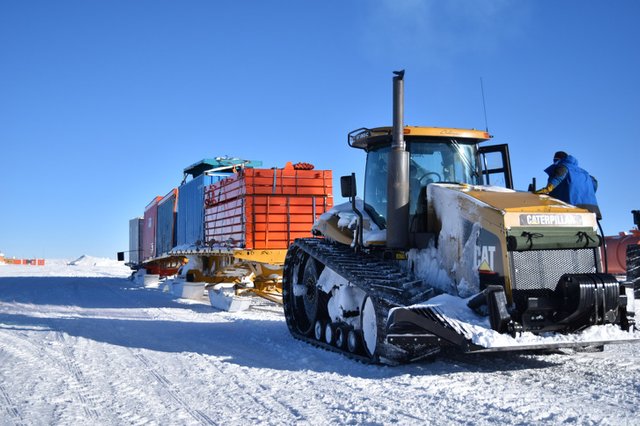
Concordia is found farther from civilization than the ISS and it’s not that simple to induce there: giant masses ar brought by a caravan of sleighs (it takes 10-12 days), and tinyer masses and food ar brought by small planes created for the intense temperatures.
Despite the very fact that the closest grocery is found a pair of,500 miles away, it doesn’t mean that the researchers ar placed on a bread and water diet: they eat meat, fish, dairy, contemporary fruits, and vegetables. The members of the international team like to cook ancient dishes like dish or bortsch. several merchandise ar unbroken frozen and eggs ar lined in wax.
Alexey Ekaikin, a glaciologist from Russia, shares his “day within the life” of living at the station: “Today all the residents of the station received a brand newsletter that Concordia has run out of milk and we have a tendency to’ll got to use dried milk till we get a new load. There’s no milk within the heart of Antarctica, too bad!”
Concordia is found farther from civilization than the ISS and it’s not that simple to induce there: giant masses ar brought by a caravan of sleighs (it takes 10-12 days), and tinyer masses and food ar brought by small planes created for the intense temperatures.
Despite the very fact that the closest grocery is found a pair of,500 miles away, it doesn’t mean that the researchers ar placed on a bread and water diet: they eat meat, fish, dairy, contemporary fruits, and vegetables. The members of the international team like to cook ancient dishes like dish or bortsch. several merchandise ar unbroken frozen and eggs ar lined in wax.
Alexey Ekaikin, a glaciologist from Russia, shares his “day within the life” of living at the station: “Today all the residents of the station received a brand newsletter that Concordia has run out of milk and we have a tendency to’ll got to use dried milk till we get a new load. There’s no milk within the heart of Antarctica, too bad!”
- During winter, the station is completely isolated from the mainland.
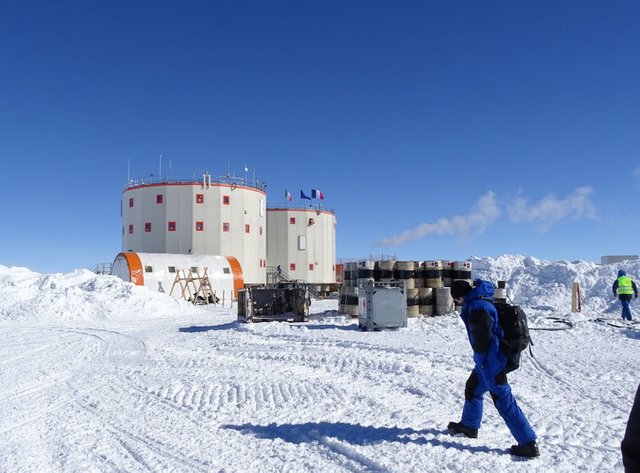
t’s not possible to depart Concordia throughout winter. There’s no reference to the terra firma and, if one thing sudden happens, you'll be able to solely reckon yourself. That’s why there’s a well-equipped hospital there and an enormous sector of the station is jam-choked with food. The food is additionally keep in storehouses close to the station.
Usually, around fifteen individuals keep there for winter. Most of those United Nations agency keep have a pair of specialties, for instance, a artisan may assist within the OR and a cook may even be a guardian.
- Researchers try to find out how this harsh environment influences people. It’s necessary for future space flights.
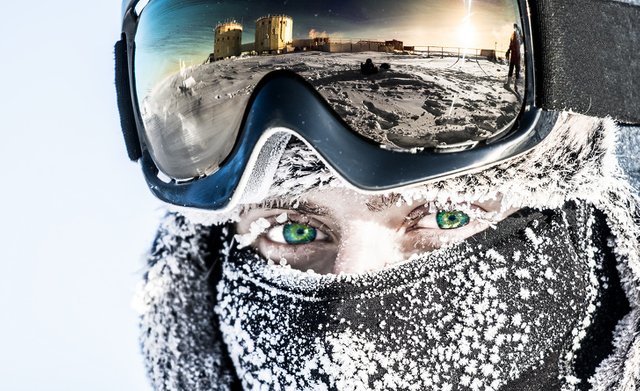
The feeling of a total isolation often leads to stress and various psychological difficulties — from absent-mindedness to depression and those things are properly studied there. Scientists believe that the knowledge gathered will prepare people for long space flights, improve space engines, and help figure out how to build the first Moon and Mars stations.
All team members have special digital diaries, wear special watches that document the times they sleep and work, and track how much time people spend with each other. After the data is collected, it’s properly analyzed to see if there are any changes in people’s behavior.
In addition to that, the station workers conduct more than 20 scientific projects: seismologists, astronomers, meteorologists, climatologists, physicists, and glaciologists work there.
- People not only work but also have fun there.
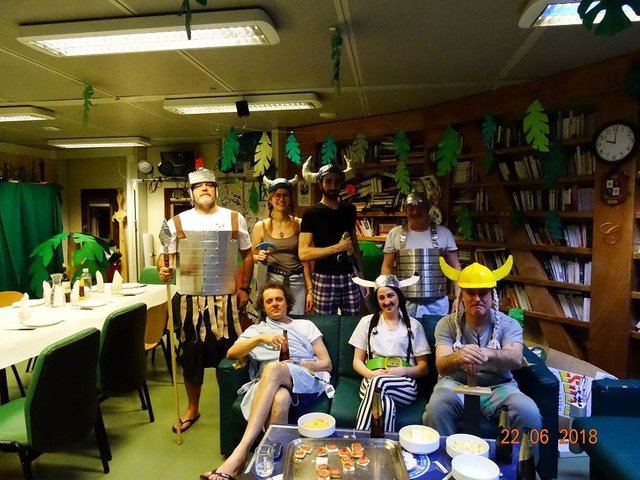
Station employees love fascinating leisure time: researchers provide tours of their laboratories, play basketball on the snow, and love recreation and costume parties. generally the team uses video calls to answer college and faculty students’ queries, on Christmas they like to build a decision to the president of European country via Skype.
Many of them try and speak with foreign colleagues and observe their foreign language skills since the team there's really international and consists of Swiss, French, Italian, English, and Russian folks.
- Peeing in the shower is banned at Concordia.
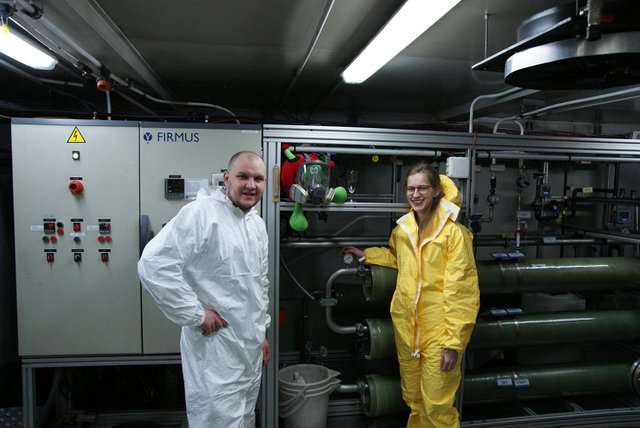
All the H2O at Concordia is created of snow. they have a great deal of fuel to soften it that is why they work effortlessly to avoid wasting water: when being employed within the showers, the water is correctly cleansed and delivered for reprocess. this is often why individuals can’t use their own soap and shower gel there: everyone seems to be supplied with a 3-in-1 shampoo that's compatible with the improvement system. you furthermore may can’t pee within the shower as a result of the system doesn’t address the usage of excretory product. If maintenance employees realize AN magnified level of ammonia within the water, they create AN announcement concerning it at a general meeting.